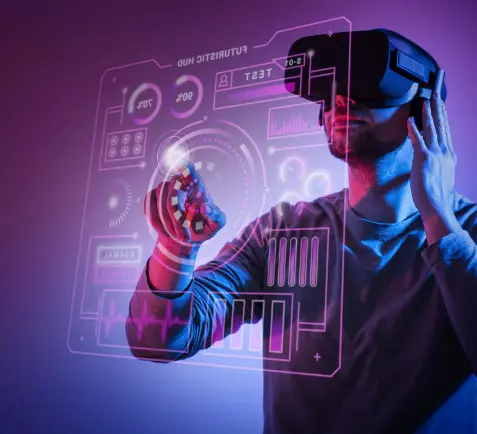In an ever-changing business climate, especially amid the COVID-19 pandemic waves, it’s imperative for small and medium business owners to be able to access data as and when they need it, regardless of the device they’re on or their physical location.
Accenture reports that “2020 has been a pivotal year for the cloud as it played a lead role in facilitating remote work solutions. It allowed organizations to fuse existing organizational processes with novel cloud technologies to allow for greater flexibility during these uncertain times. COVID-19 has facilitated a focus on cloud capabilities as companies compete to thrive in this new remote work environment. The cloud has become an essential part of continuing business and is the key to unlocking organizational growth. Worldwide spending on public cloud services is even forecast to grow 18.4 percent in 2021.”
According to a NASSCOM report, the Indian cloud computing market is currently valued at $2.2 billion with projected growth at 30 percent YOY, expected to reach $7.1 billion by 2022.
Predictions for cloud computing revenues to 2021 from 451 Research.
A Forrester report titled, Predictions 2021: Cloud Computing Powers Pandemic Recovery, on the other hand, says that “In 2021, cloud will power how companies adapt to the “new, unstable normal.” No one knows how far into 2021 we’ll continue to work from home, shop primarily online, or avoid air travel — but it’s clear that every enterprise must become more agile, responsive, and adaptive than ever before.”
Source: Forrester.com
With this pandemic and its subsequent lockdown-led change in landscape, businesses are trying to venture out and combine services and technology namely IoT services, Big Data, and cloud computing. According to Financial Express, “cloud computing will play the role of a common workplace for IoT, the source of data and big data as a technology is the analytic platform of the data.”
Cloud computing has been in use for approximately two decades now, with few early adopters of this technology, however, a large number of businesses continue to operate without it even today. According to a study conducted by the International Data Group, “69% of businesses are already using cloud technology in one capacity or another, and 18% say they plan to implement cloud computing solutions at some point.”
A Verizon study also showed that 77% of businesses feel cloud technology gives them a competitive advantage, and 16% believe this is a significant advantage.
Why should small businesses consider cloud computing?
Network downtime costs more than $10,000 an hour, according to CloudRadar. For most small businesses, investing in robust data recovery would be an ideal yet imperative choice to implement in their regular processes. Due to the scale and expertise of cloud-based services, quick data recovery is also possible for all kinds of data disasters, including being able to remotely wipe data from a lost device.
CIOinsight.com reported that “Cloud computing, the offloading of company data functions to offsite cloud providers, has been hailed as the tool that enabled the decentralization of business during the COVID economy. It’s also become utterly mainstream in business, with Cisco reporting that 92 percent of data workloads were handled in 2020 by cloud computing. The same report also showed that the United States led the globe in cloud computing workloads.”
As cloud systems have increasingly matured over time, it’s also given way to a consensus on a mixed approach – both public and private – to cloud service-based environments to meet the needs of enterprises. To overcome the challenges posed by either public and private cloud computing services, namely, data security, flexibility, and performance, 82% of enterprises have now taken a hybrid approach to their cloud infrastructure, as per Flexara’s 2021 State of the Cloud report.
Research firm MarketsandMarkets has estimated that the hybrid cloud market will be worth $97 billion by 2023 banking on characteristics such as scalability, cost-efficiency, security, and agility.
Amazon Web Services (AWS) said that amid the COVID-19 pandemic, there was an evident acceleration in cloud computing adoption and consumer behavior wrt cloud in the country. Mantra Labs, while working with Manipal Hospitals, offered solutions around Server Setup & Deployment; Cloud Monitoring; Database Setup; Load Balancing; and Network Security & Monitoring. These helped with 66% improvement in application performance; 57% reduction in code deployment time; 2x more ROI from continuous delivery.
Cloud computing is also promoting sustainable practices across organizations given the current state of the environment. Hosting on the cloud is environmentally friendly and results in a lesser carbon footprint.
Cloud-based infrastructures support environmental proactivity; virtual services instead of physical products and hardware; lesser paper waste; optimized energy efficiency; easy work-from-home access and collaboration.
Knowledge thats worth delivered in your inbox




